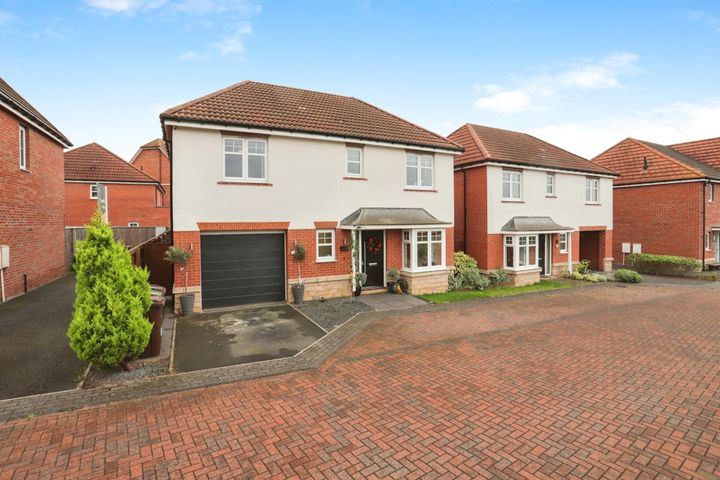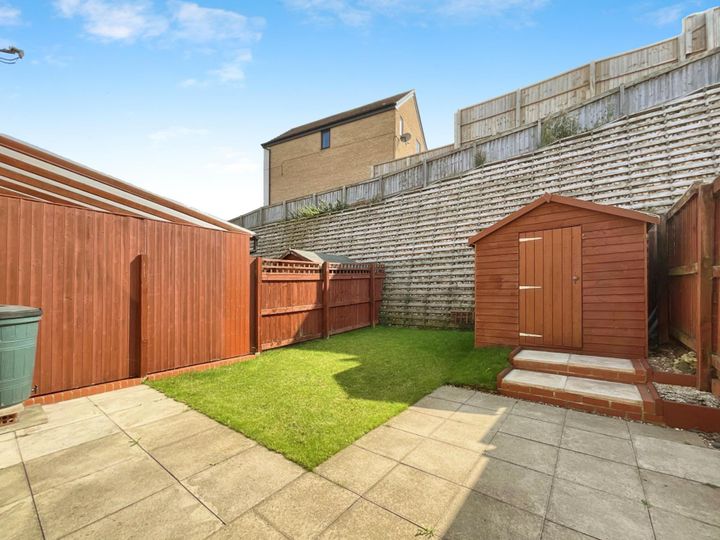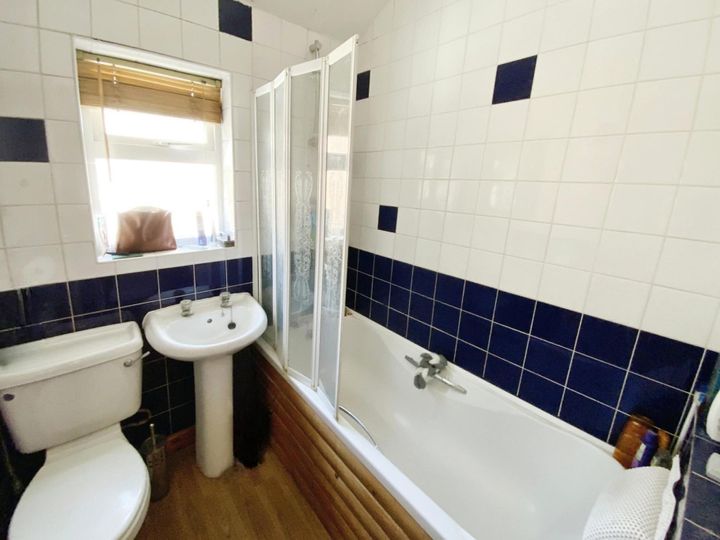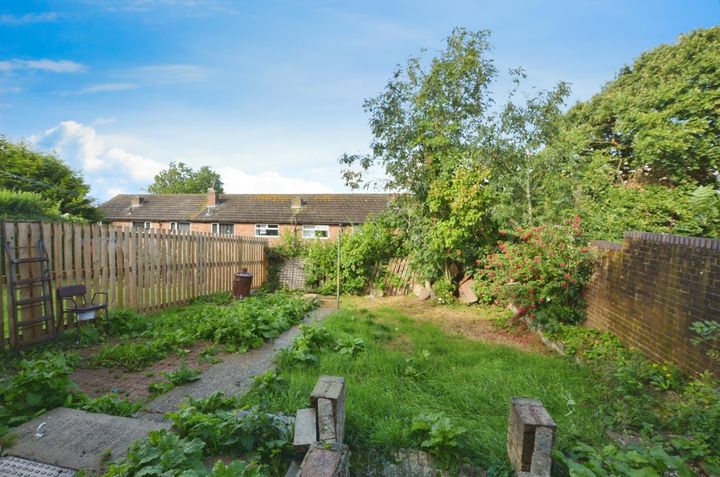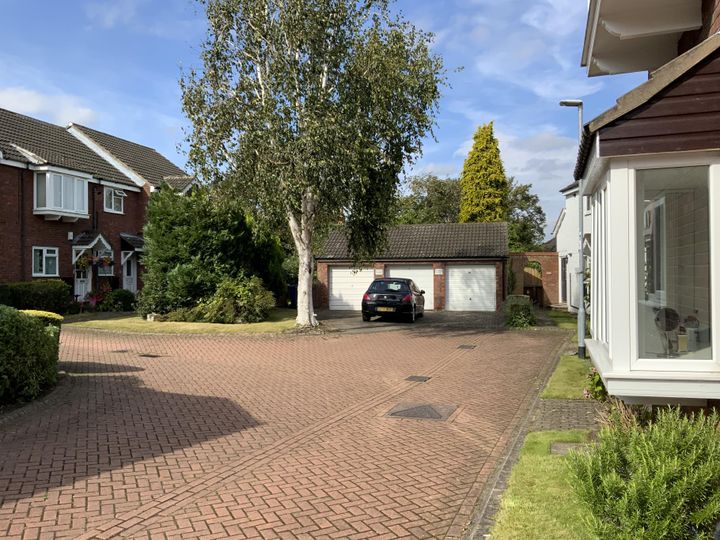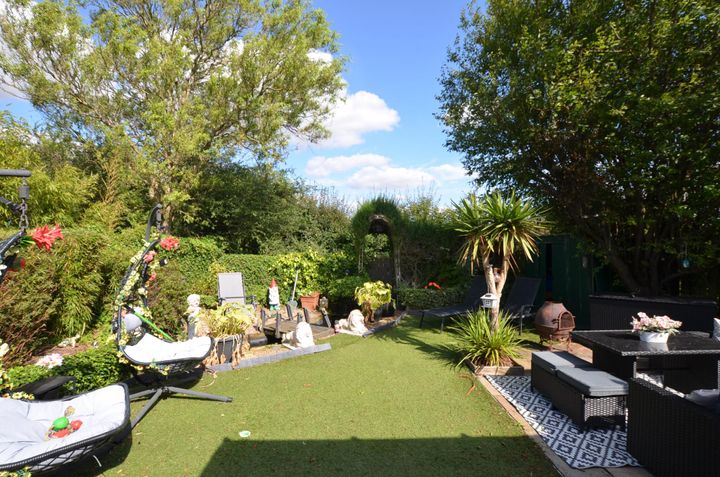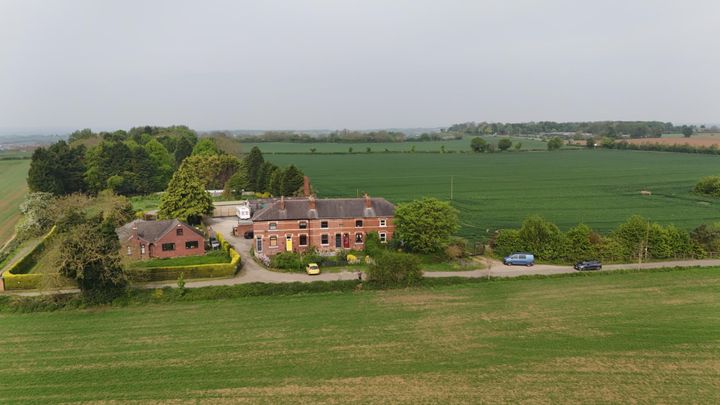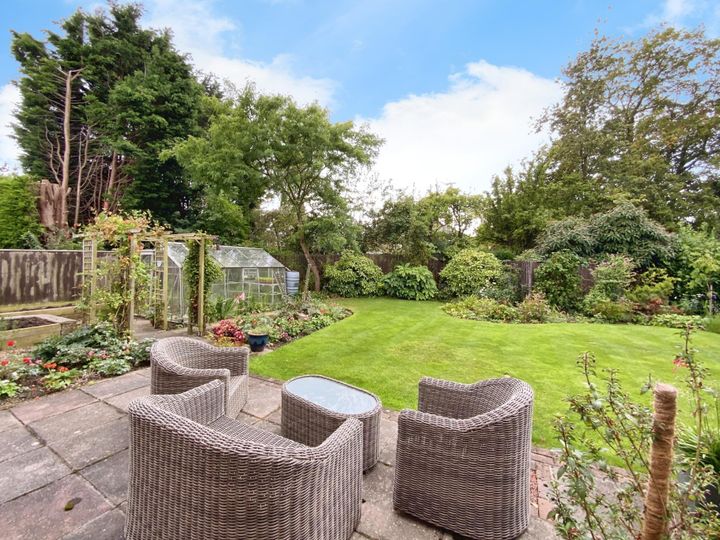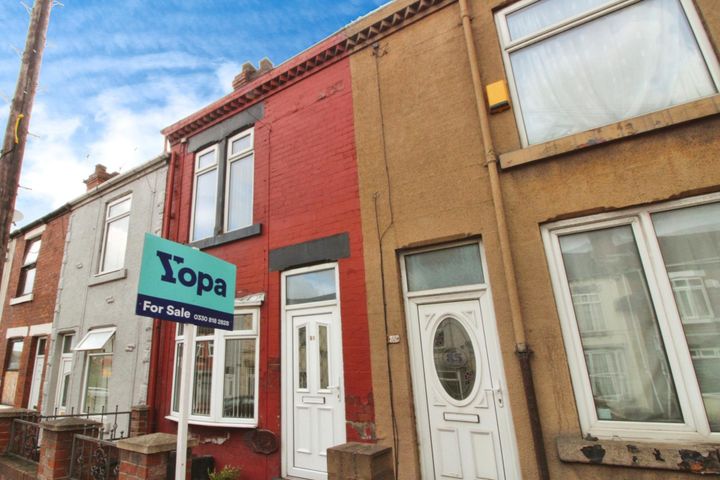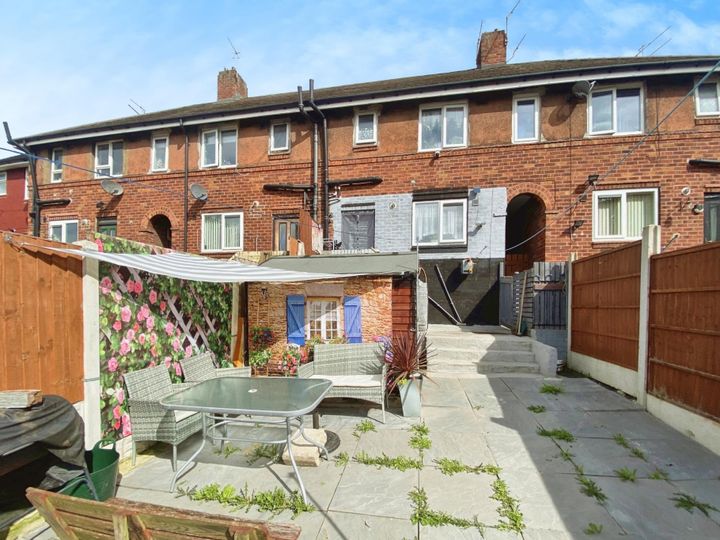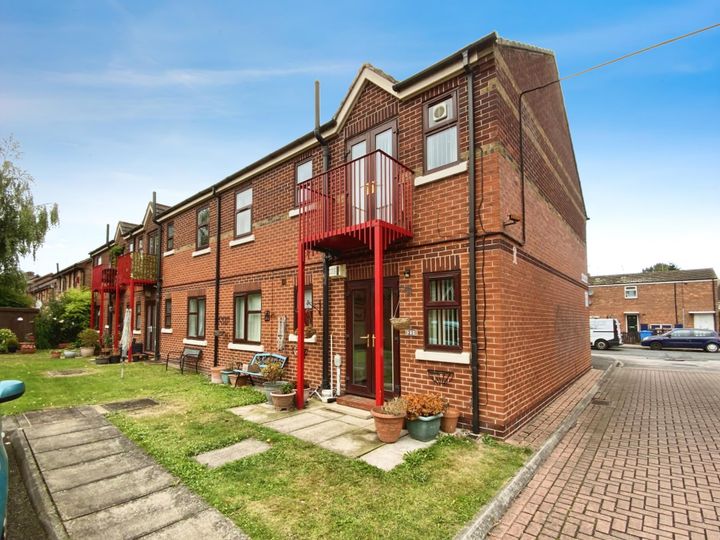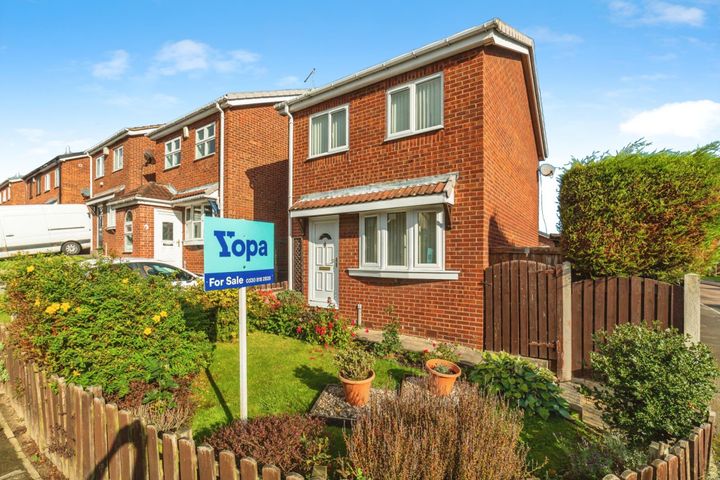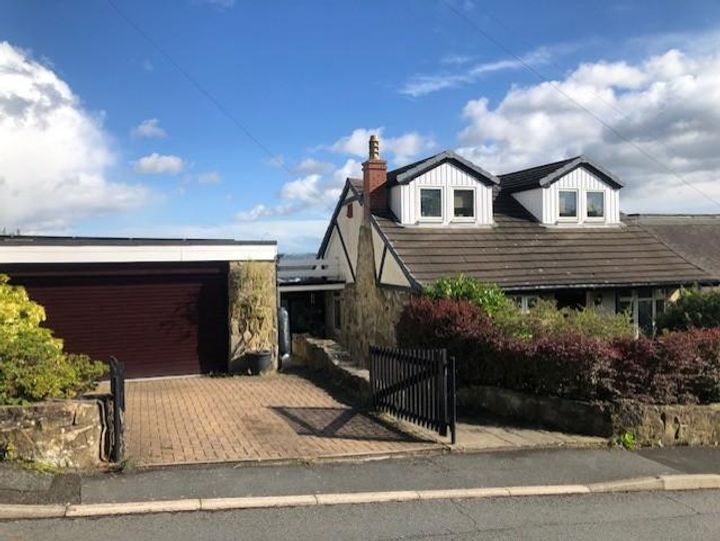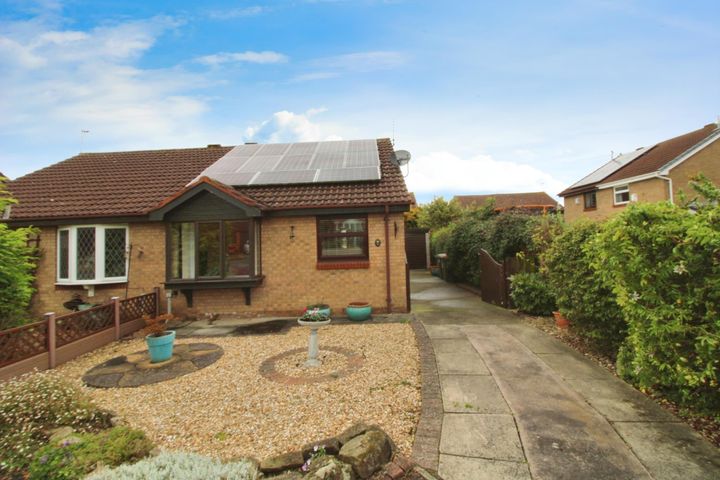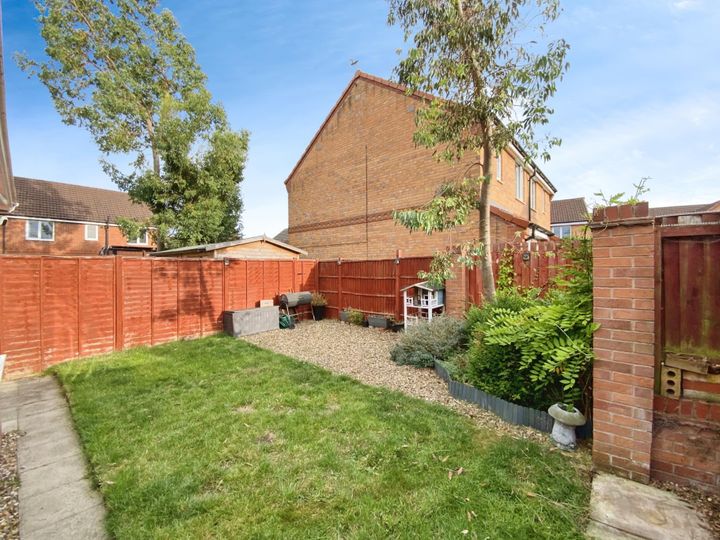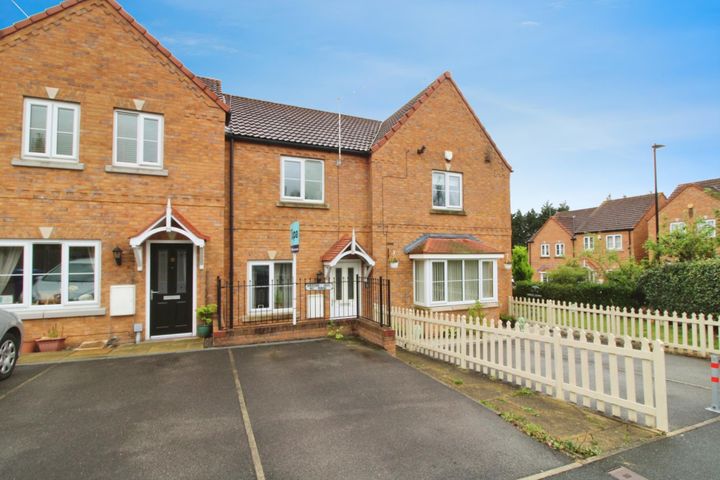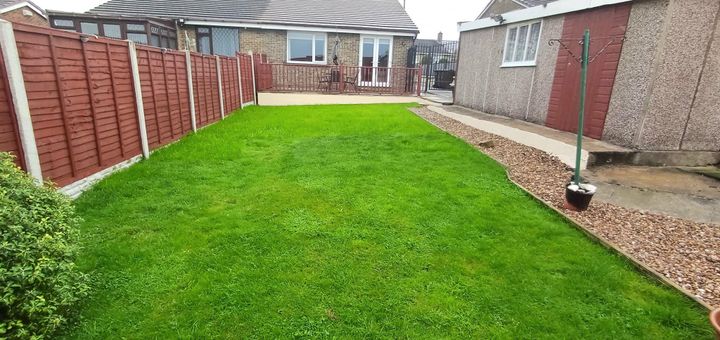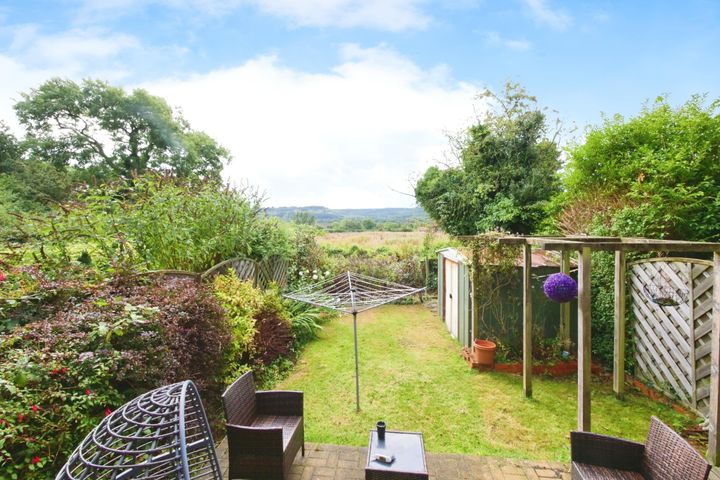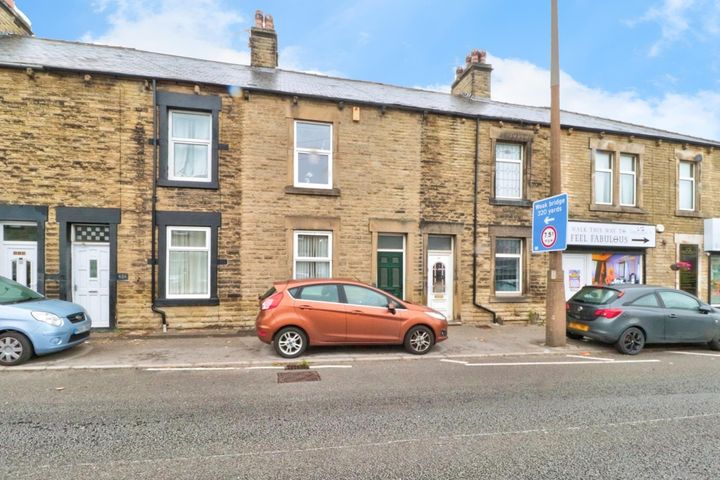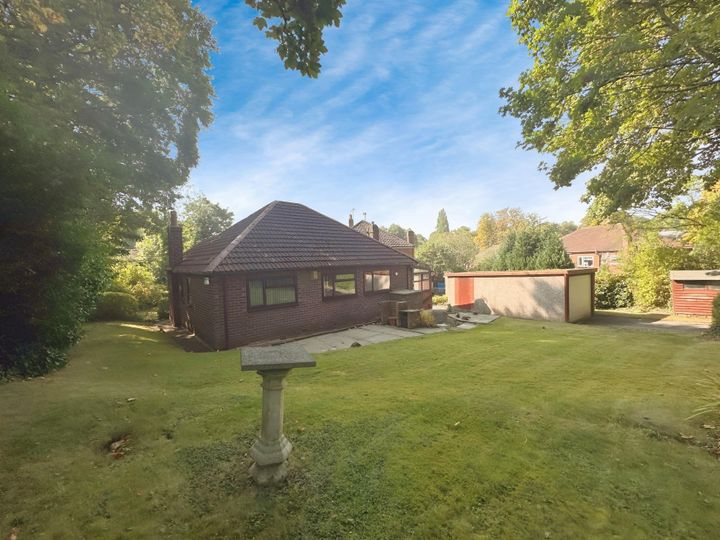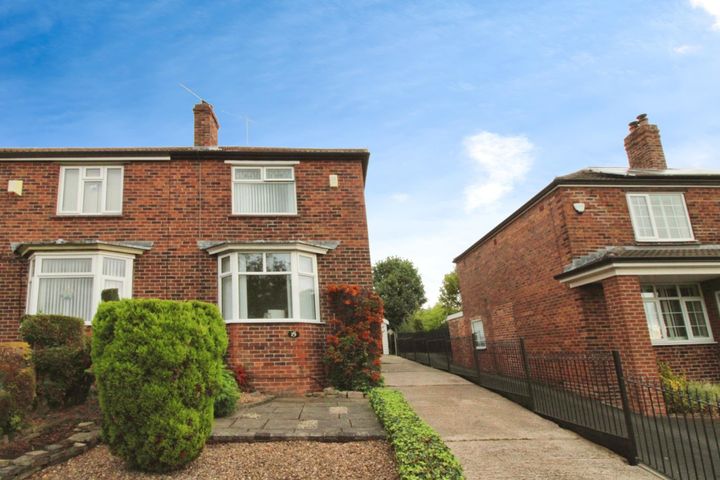Several factors influence real estate prices in York, reflecting its unique geographical and historical context. The city’s rich heritage, marked by landmarks such as York Minster and the medieval walls, attracts both residents and tourists, bolstering demand for housing. Proximity to quality schools and well-rated healthcare facilities also plays a significant role; neighborhoods with access to reputable educational institutions often see higher property values. Transportation links, including the main train station with direct access to London and other major cities, enhance the attractiveness of York for commuters, further driving up real estate prices. Local economic conditions, such as employment rates and average income levels, are crucial as well; an influx of businesses can elevate demand for housing, leading to price increases. Additionally, the availability of amenities like parks, shops, and restaurants can significantly affect desirability in specific areas, with sought-after neighborhoods typically commanding a premium.
York
Location
Price Range
Any price
Price Range
Minimum
No min
Maximum
No max
Property type
Show all
Property type
Show all
House
Apartment
Building
Other
Bedrooms
Any beds
Bedrooms
Minimum
No min
Maximum
No max
Surface Range
Any surface
Surface Range
Minimum
No min
Maximum
No max
Sale type
For sale
Sale type
Show all
To rent
For sale
Location
Apartments and houses for sale in York
443 results
Recent
York insights
| Aspect | Summary |
|---|---|
| Population | 209,000 |
| Average Property Price | £280,000 |
| Rental Yield | 4.5% |
| Average Rent | £1,200 |
| Occupancy Rate | 95% |
| Capital Growth Rate | 3% per annum |
| Property Tax | £1,500 annually |
| Transaction Costs | 3% of purchase price |
| Expected ROI | 7% annually |
| Economic Growth Impact | Positive, due to local investments and development |
York FAQ
What factors influence real estate prices in York?
How has the real estate market in York changed over the past year?
Over the past year, the real estate market in York has seen a significant shift, marked by notable changes in both demand and pricing. The average house price in York rose to approximately £300,000, reflecting an increase of around 8% compared to the previous year. This surge can be attributed to a combination of factors, including a growing interest in suburban living due to remote work trends and the city's reputation for offering a rich historical backdrop alongside modern amenities. Properties in the more sought-after areas, such as Fulford and Bishopthorpe, frequently receive multiple offers, often exceeding the asking price. Furthermore, there has been an uptick in the rental market, with average rents increasing by about 5%, driven by an influx of students and young professionals drawn to the city's vibrant culture and employment opportunities. The availability of new housing developments, including the transformation of former industrial sites, has also contributed to the evolving landscape, appealing to both first-time buyers and investors seeking opportunities in a dynamic area.
What is the average home price in York?
As of 2023, the average home price in York hovers around £310,000. This figure reflects the diverse property market in the city, which includes everything from charming terraced houses to more modern developments. For instance, a three-bedroom semi-detached home in popular neighborhoods like Acomb can typically sell for approximately £280,000, while city-centre apartments may reach higher prices, often exceeding £350,000. In contrast, larger family homes in desirable areas such as Bishopthorpe can approach £600,000. The range in home prices is influenced by various factors, including location, property type, and proximity to amenities and schools, showcasing York's blend of historical charm and contemporary living.
Are real estate prices in York expected to rise or fall?
Real estate prices in York have shown a mix of trends recently, influenced by various economic factors and local demand. As of late 2023, a robust rental market has been driven by an influx of students and professionals, particularly in areas like Heslington and The Groves, which tend to attract higher rental yields. However, the broader economic climate, including rising interest rates and inflation, has led to concerns about affordability, potentially dampening demand among first-time buyers. In recent months, properties in desirable neighborhoods such as Bootham and Acomb have maintained their value, but new builds in less popular areas have seen price stagnation or slight declines. Additionally, ongoing infrastructure developments around the city are likely to impact future pricing, as improved transport links could enhance accessibility and desirability for potential buyers. Local authorities have also been focusing on sustainability initiatives, which may influence buyer preferences and market dynamics in the long term.
How do property taxes impact real estate prices in York?
Property taxes in York have a direct influence on real estate prices, as they significantly contribute to the overall cost of homeownership. Homebuyers often factor in property tax rates when considering their budget, which can make properties in high-tax areas less attractive. For instance, York’s property tax rates can vary by location, with specific neighborhoods like Fulford generally having higher taxes due to better local amenities and schools. This can inflate property values in those areas, as families are willing to pay a premium for perceived benefits. Additionally, the burden of property taxes may deter investment in certain regions, impacting housing supply and demand. For example, if investors anticipate high property tax rates in areas under development, they might shy away from buying, thereby limiting market activity and potentially stalling growth in surrounding property prices. Conversely, lower property tax regions might see an influx of buyers seeking affordability, thus elevating competition and driving prices up.
What neighborhoods in York have the highest property values?
In York, neighborhoods with the highest property values include the affluent areas of Bootham, Clifton, and Heslington. Bootham is particularly desirable due to its proximity to the city center and features stunning period properties, often attracting families and professionals looking for historic charm paired with modern amenities. Clifton, known for its leafy streets and large Victorian homes, is also well-regarded, offering a mix of residential and independent shops along with access to good schools. Heslington, home to the University of York, has seen property values rise sharply as demand for housing near the campus increases, appealing to both academic staff and students. Other notable mentions include the trendy area around Bishopthorpe Road, known for its vibrant community and local shops, and the picturesque suburb of Fulford, which combines riverside views with access to the city’s amenities.
How does the local economy affect real estate prices in York?
The local economy in York significantly influences real estate prices through several interconnected factors. First, the city’s robust tourism sector, driven by historical attractions like the York Minster and the Shambles, elevates demand for short-term rentals and commercial properties, pushing prices upward. For instance, the influx of tourists creates a steady market for holiday lets, which can command higher rents compared to long-term residential leases. Additionally, York’s diverse employment landscape, incorporating education, healthcare, and digital businesses, fosters a stable job market that attracts new residents. Areas near York St John University and the burgeoning tech sector often see heightened demand for housing, leading to increased property values. Furthermore, the relatively high quality of life, combined with limited housing supply in the city center, exacerbates affordability issues, as prospective buyers compete for a diminishing number of desirable homes. Lastly, economic factors such as changes in local government policies, infrastructure developments like the expansion of the train station, and interest rates can all contribute to fluctuations in real estate prices, impacting both buyers and investors in the market.



